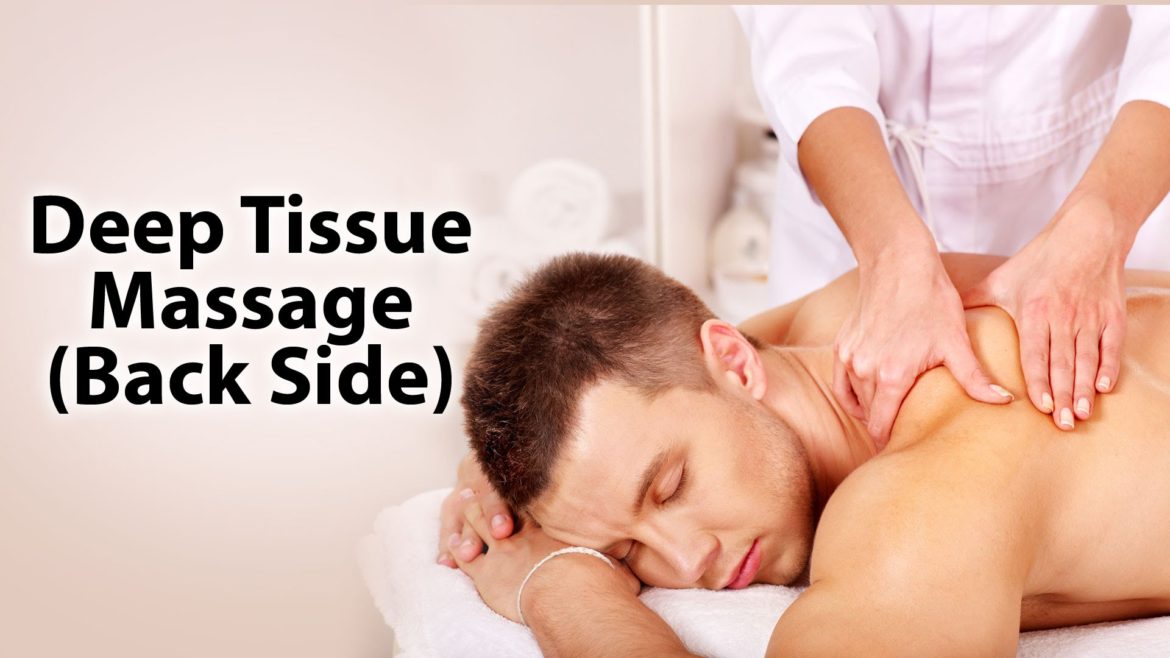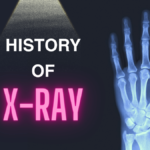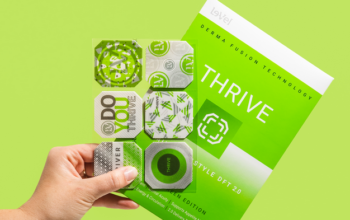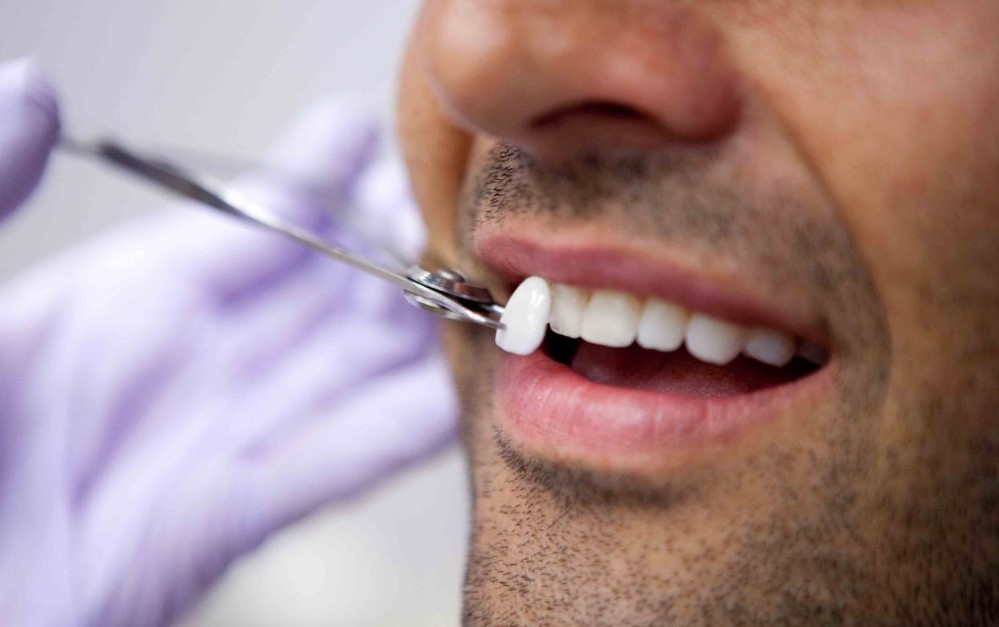Massage has been used for thousands of years around the world for alleviating physical and psychological stress. Today, several studies continue to show that massage therapy is a great way to help treat common conditions like anxiety, arthritis and lower back pain, whether it is used alone or in conjunction with other treatments.
Reducing pain and discomfort is the primary goal of therapeutic deep tissue massage. It also helps the body heal itself. Apart from promoting relaxation, deep tissue massage can also lengthen and release muscles that get stuck in uncomfortable holding patterns or frequently feel tense.
Deep tissue massage – what is it?
The essence of deep tissue massage involves the manipulation of the deep layers of your body tissues which include the fascia and other supportive tissue that make up the joints and muscles. As opposed to other popular massage techniques, this technique is slower and more firmly applied.
You can either lie on your stomach or back while deep pressure is applied to different areas of your body by a qualified massage therapist. Deep tissue massage is beneficial because it stimulates blood flow as well as relieves muscle tension. Moreover, it lowers psychological stress and releases happy hormones like oxytocin and serotonin.
Most deep tissue massages focus on tendons, joints, and major muscle groups that are vulnerable to strains or injuries. Some areas of your body might tense up with stress, which includes your neck, shoulders, and hips. These areas can greatly benefit from this type of deep manipulation.
Six benefits of deep tissue massage
1. Reduces anxiety, stress, and muscle tension
Chronic stress can cause muscle tension and inflammation which affect your overall health. Massage can help lower cortisol levels and enhance the production of a hormone called oxytocin, which has soothing effects.
Some mechanisms for the natural stress-relieving effects of deep tissue massage include its capability to dilate blood vessels. It can lower the limbic system’s activity, which is the body system responsible for cortisol secretion and autonomic nervous system regulation.
2. Alleviates chronic back pain
A study published in Studies in Health Technology and Informatics says that deep tissue massage can significantly relieve lower back pain. Another study published in the Scientific World Journal in 2014 found that deep tissue massage alone had a positive effect on reducing pain in patients with chronic symptoms.
3. Lowers blood pressure
In the Journal of Alternative and Complementary Medicine, one study published reveals that deep tissue massage has beneficial effects on the mean arterial and systolic-diastolic blood pressure readings in adults experiencing high blood pressure symptoms and pain.
4. Improves athletic performance and recovery
Sports massage is considered that most beneficial type of deep tissue massage for athletes. This is usually performed before an athletic event to prevent injuries and warm the body, or immediately after in order to boost recovery.
Deep tissue massage helps reduce muscle fatigue, improves lactate clearance, helps with injury prevention and treatment, and the delayed onset of muscle soreness. Moreover, it can improve confidence and focus. No wonder, this massage technique is very popular among sports physiologists, athletes, coaches, and athletic trainers.
5. Minimizes arthritis symptoms
Based on the Arthritis Foundation, massage is used to relieve symptoms of arthritis like stiffness, chronic joint pain, anxiety, trouble sleeping, and limited range of motion. For daily natural relief, firm massages can be used, whether performed by the patient themselves or by a professional.
Firmer massages can result in a significant reduction in arthritis pain.
6. Helps with labor pain and delivery
Most pregnant women today are turning to alternative medicine to help control labor pain and support the natural birthing process. According to some research, massage can be effective during pregnancy because of its anxiety-lowering effects.
In fact, women who receive massage before and during labor experience decreased anxiety, depression, and back and leg pain. Due to the fact that cortisol levels decrease after a massage, and blood circulation is improved, pregnant women are also protected from the risk of premature delivery and excessive fetal activity.
Despite these many benefits, deep tissue massages aren’t for everyone. If you are healing from a surgery, wearing a cast or have an existing injury or nerve damage, talk to your doctor first before getting this type of massage.
Finding a therapist
It is always best to find a well-trained, accredited therapist for massages. This is crucial especially if you want to try neuromuscular therapy because this involves deep strokes targeting delicate soft tissues around your nerves.
Remember that some massage therapists have undergone specialized training in techniques that will help treat people with inflammation, injuries, and limitations. Though you may need more than one massage session to see significant improvements in pain, a well-trained therapist can also recommend stretches and practices you can try at home to further boost healing.
AUTHOR BIO
Marc Innes is the Owner and Principal of the School of Natural Therapies, a training school for Massage & Holistic Therapies located in London. Marc began his career in the NHS, working in a number of managerial and training roles within the Ambulance Service in London. He spent much of that time educating and coaching medical staff. Over time, he developed an interest in all things complementary to Allopathic Medicine, in particular, Reiki Healing and EFT, which culminated in running a successful teaching and ‘energy healing’ practice. Marc is passionate about the massage and complementary therapy industry.











